Table of Contents
Wireless Electric Vehicle Charging Landscape
In a groundbreaking development, a cutting-edge wireless EV charging pad has emerged, offering a leap forward in electric vehicle (EV) technology. This innovative system promises to recharge vehicle batteries just as effectively as traditional wired charging plugs, with the added benefit of eliminating the need for physical connections. Boasting an impressive power delivery of 100 kW, this high-powered wireless charging technology allows for rapid and efficient energy transfer, significantly reducing charging times and enhancing the overall EV ownership experience.
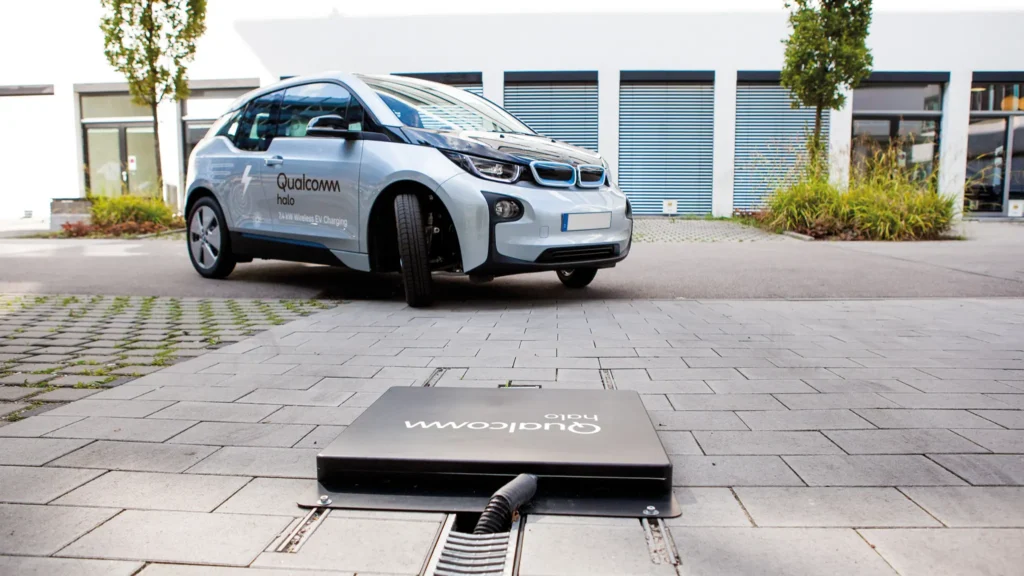
This breakthrough innovation is poised to revolutionize the way EVs are charged, providing a seamless and hassle-free solution. By simply parking in designated charging zones equipped with these wireless pads, drivers can effortlessly recharge their vehicles without the need to handle cables or plugs. This convenience is complemented by the enhanced efficiency of the charging process, ensuring that EVs are ready to go in less time, with less physical wear and tear on charging equipment. As the technology scales and becomes more widespread, it promises to reshape the landscape of electric mobility, making charging faster, easier, and more accessible than ever before.
A Glimpse into Wireless Electric Vehicle Charging
Wireless power transfer, a concept first envisioned by Nikola Tesla in the 1890s, has come a long way from its experimental beginnings and is now a ubiquitous part of modern life. Tesla’s pioneering work on electromagnetic fields set the stage for the development of wireless energy transfer, and today it is used in countless household devices. From charging smartphones and tablets to powering electric toothbrushes and inductive cooktops, wireless power has become a practical and everyday solution, reducing the need for cords and plugs in various applications.
What was once considered a mystical or futuristic technology has now become a mainstream, safe, and highly efficient method of transferring power. Through the use of electromagnetic fields, energy is transmitted seamlessly and without the need for physical connections, offering convenience and reducing clutter in homes and workplaces. This evolution has made wireless charging systems, such as those used for EVs or consumer electronics, not only more accessible but also more reliable, as they continue to improve in terms of speed, range, and energy efficiency. With continued innovation, wireless power transfer is poised to revolutionize even more aspects of modern life, driving the transition toward a cable-free, more connected world.
Evolution in Electric Vehicle Charging
While wireless charging technology has made significant strides in consumer electronics, its adoption in the electric vehicle (EV) sector has been slower due to limitations in power delivery. Current commercially available wireless EV chargers, such as Hevo’s 12 kW model, fall short of meeting the high-power demands necessary for fast-charging infrastructure in the rapidly growing EV ecosystem. With the increasing need for quicker and more efficient charging solutions, especially for long-distance travelers, the power output of these wireless chargers must be significantly higher to match the speed of traditional wired chargers.
The challenge lies in transferring enough power wirelessly to recharge large EV batteries in a reasonable time frame, as fast-charging stations typically require a power delivery of 150 kW or more. The 12 kW systems, while a great start, struggle to provide the rapid charging speeds that EV owners have come to expect from modern infrastructure. As a result, the widespread adoption of wireless charging for electric vehicles remains limited, with many still relying on traditional plug-in systems for their high-power charging needs. However, ongoing research and innovation in wireless charging technology are gradually closing the gap, with the promise of future systems capable of delivering higher power and faster charging speeds for EVs.
Enter ORNL’s Groundbreaking Innovation
In a significant development, researchers at Oak Ridge National Laboratory (ORNL) have unveiled a game-changing solution poised to revolutionize the EV charging landscape. Leveraging a sophisticated “lightweight polyphase electromagnetic coupling coil design,”
ORNL’s wireless EV charger boasts unparalleled power delivery, surpassing existing offerings by more than eightfold. This remarkable achievement translates to charging an EV with up to 350 miles (563 km) of range in just one hour, marking a substantial advancement in charging efficiency.
Unveiling the Technical Marvel
ORNL’s innovation was put to the test by outfitting a Hyundai Kona EV with a receiver coil positioned above a 14-inch diameter polyphase transmitter, maintaining a five-inch air gap between them. The system demonstrated an impressive power delivery of 100 kW with an outstanding efficiency of 96%, comparable to traditional cable and plug configurations.
Notably, the polyphase coil design enables unparalleled power density within compact coils, ensuring a streamlined and convenient charging experience.
Envisioning a Future of Rapid EV Charging
The implications of ORNL’s breakthrough extend beyond mere technological advancement. With the capability to increase battery charge state by 50% in less than 20 minutes, the potential for widespread adoption of fast and efficient wireless charging for passenger EVs becomes increasingly tangible.
Overcoming Adoption Challenges
Despite the promising prospects of wireless EV charging, widespread adoption hinges upon several factors, including standardization by car manufacturers and the development of requisite infrastructure. This symbiotic relationship between manufacturers and infrastructure developers presents a classic chicken-and-egg dilemma, necessitating collaborative efforts to drive progress in the EV charging ecosystem.
Towards a Brighter Future
While challenges persist, the collective pursuit of advancing wireless EV charging underscores a shared commitment towards sustainable transportation solutions.
With industry leaders like Tesla spearheading initiatives to integrate wireless charging capabilities into vehicles and infrastructure, the vision of a future where wireless EV charging rivals its wired counterparts inches closer to reality.
Conclusion
In conclusion, the emergence of high-power wireless EV charging technology signifies a paradigm shift in how we approach electric vehicle infrastructure. As innovations continue to push the boundaries of efficiency and convenience, the prospect of seamlessly charging EVs wirelessly presents an exciting glimpse into the future of sustainable transportation.
While the journey towards widespread adoption may be fraught with challenges, the relentless pursuit of progress ensures a brighter and greener tomorrow for future generations.


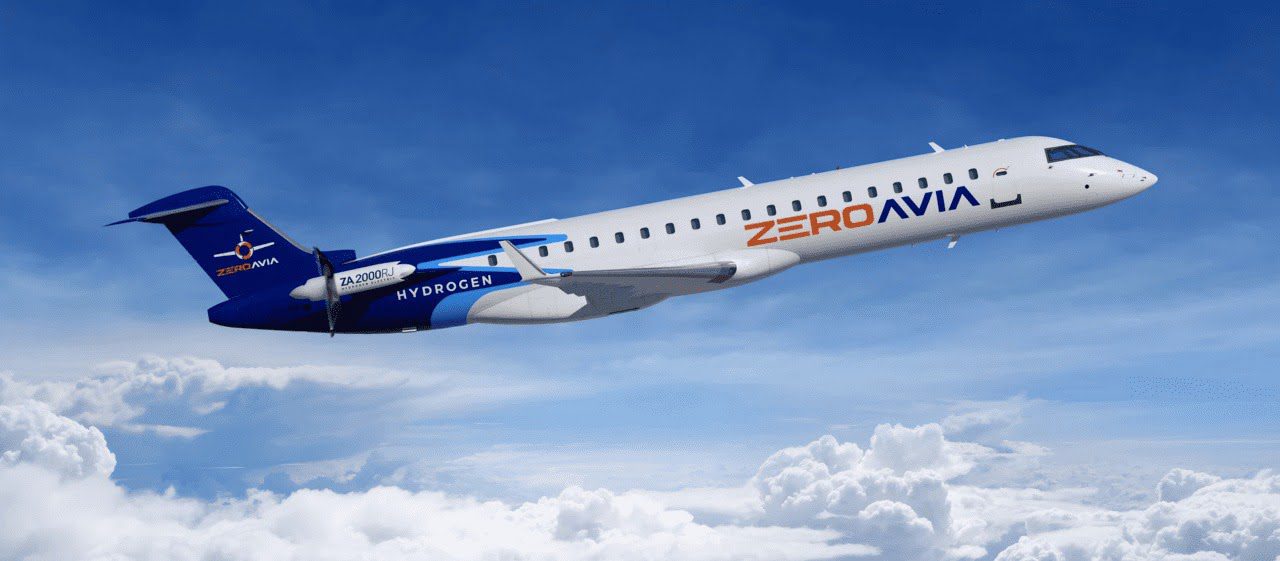

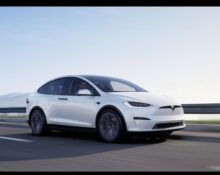



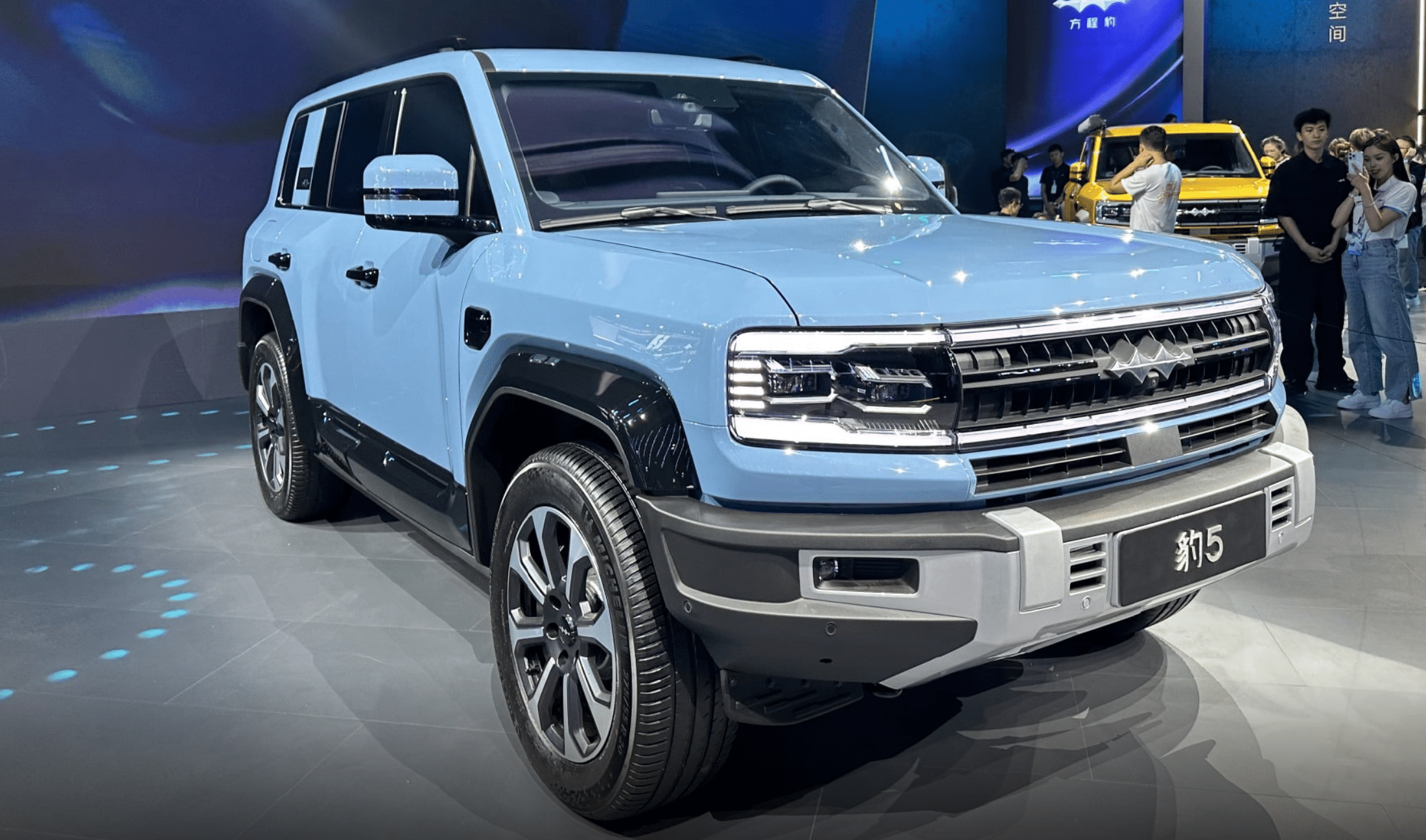
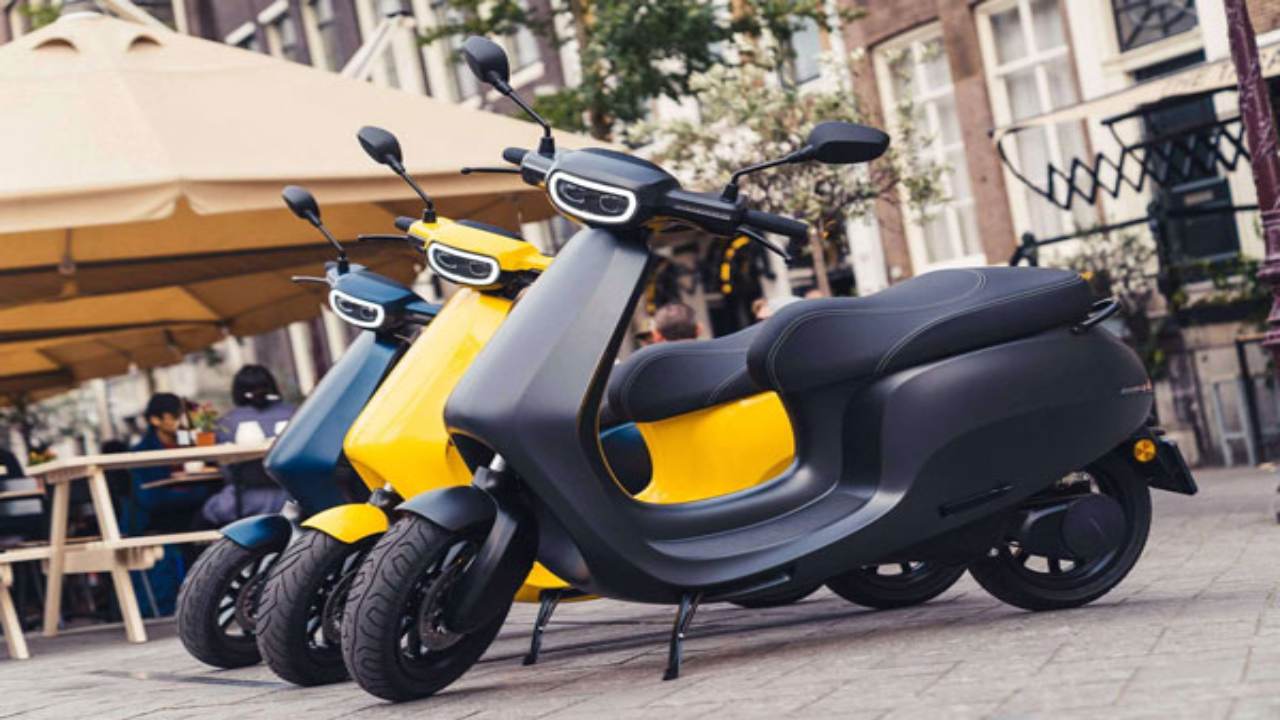


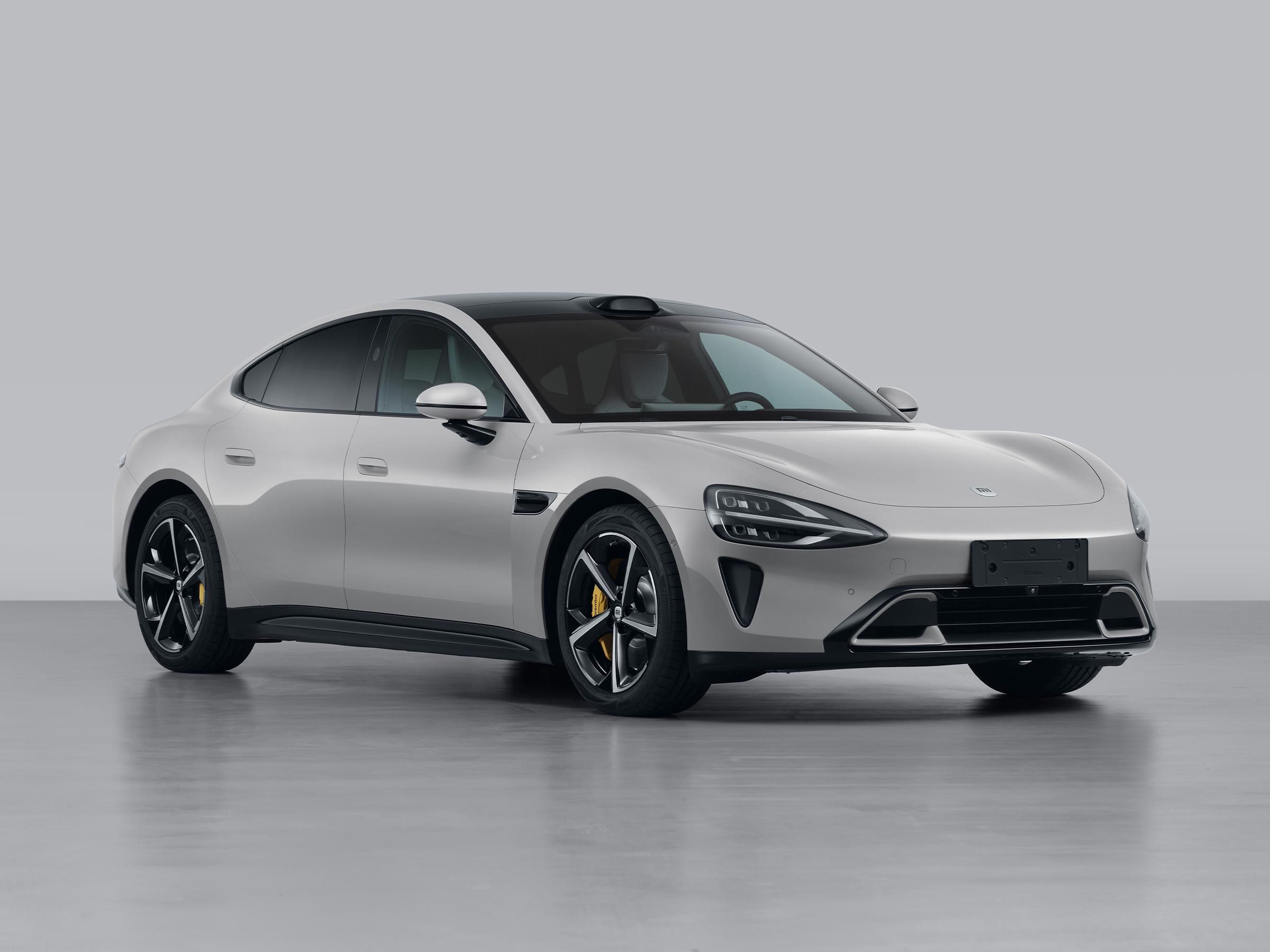

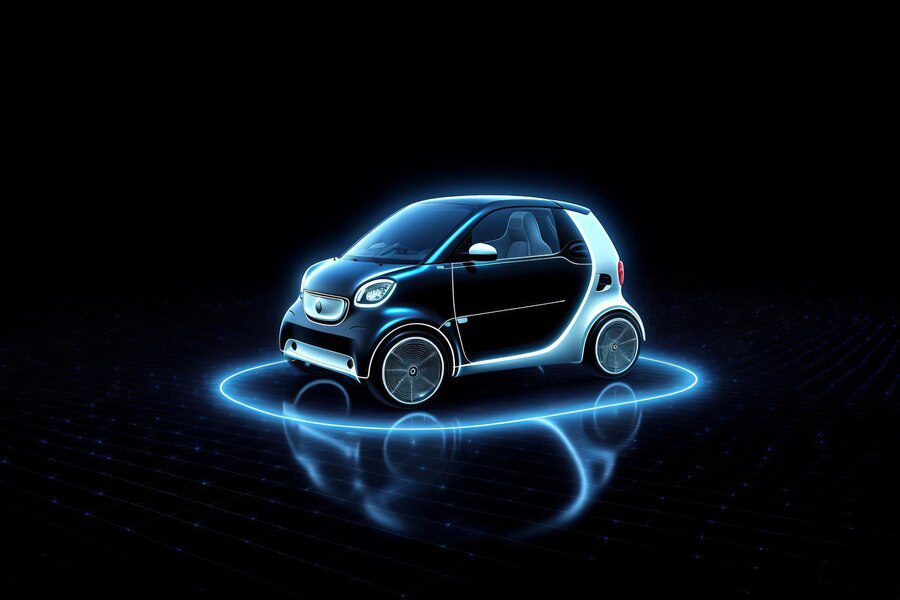
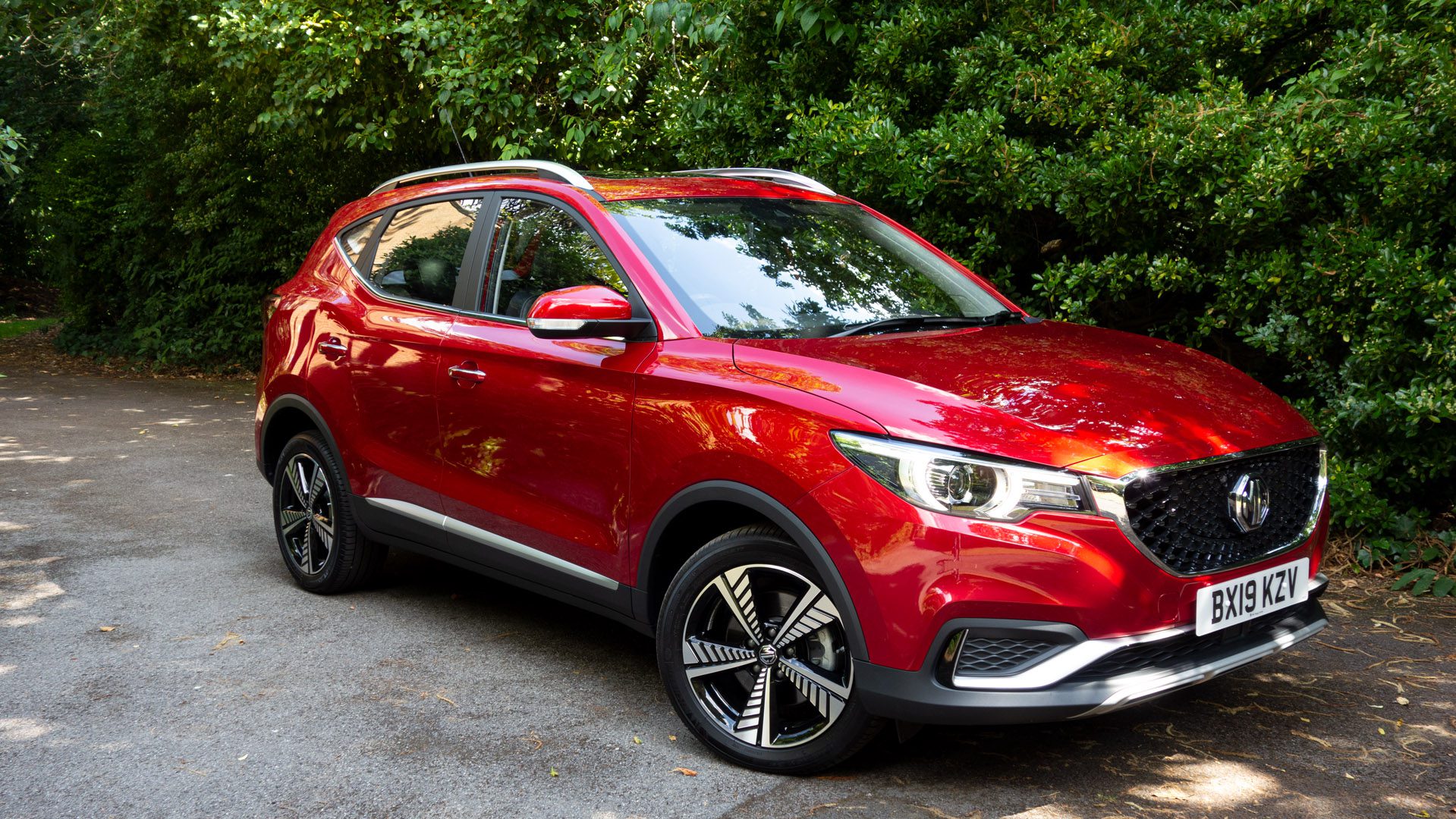
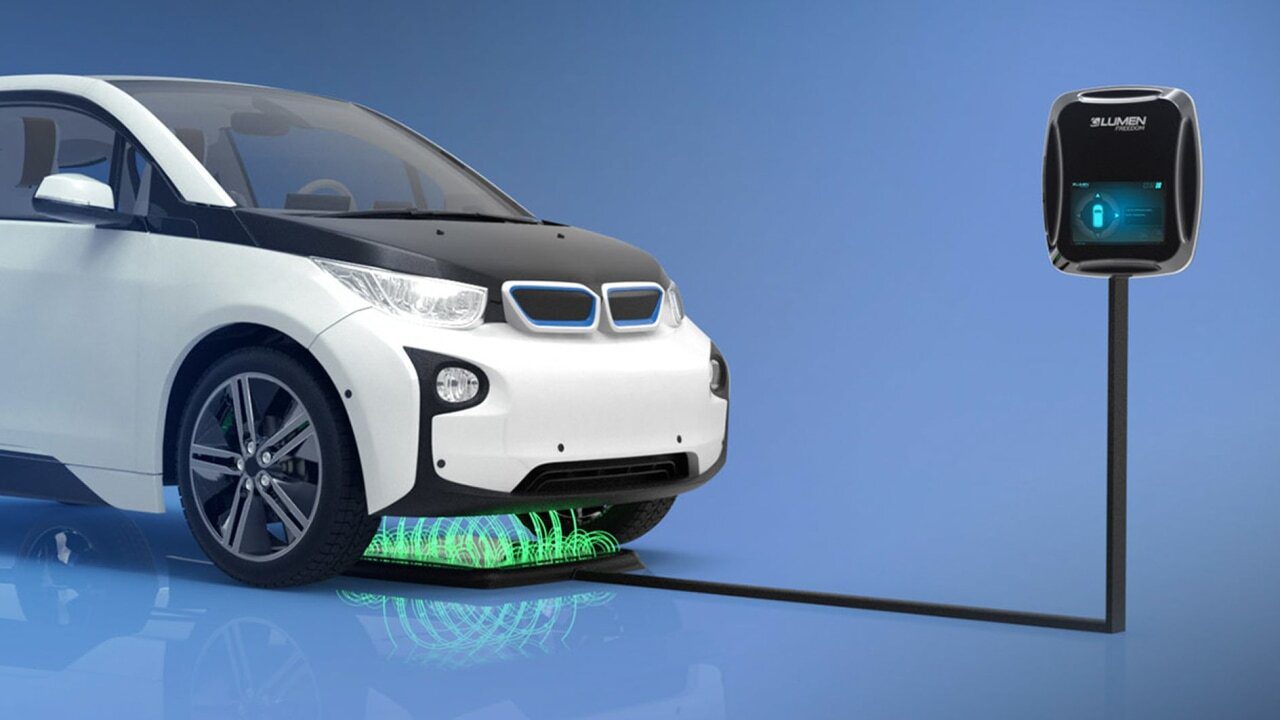
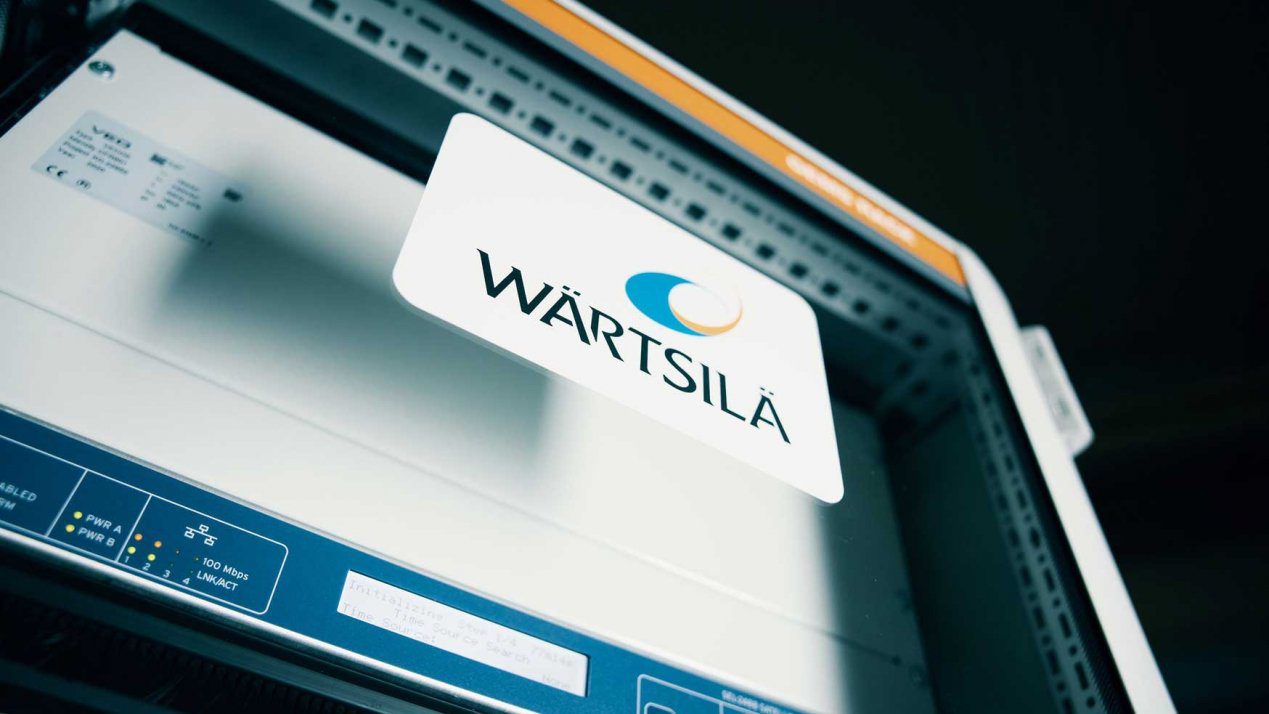

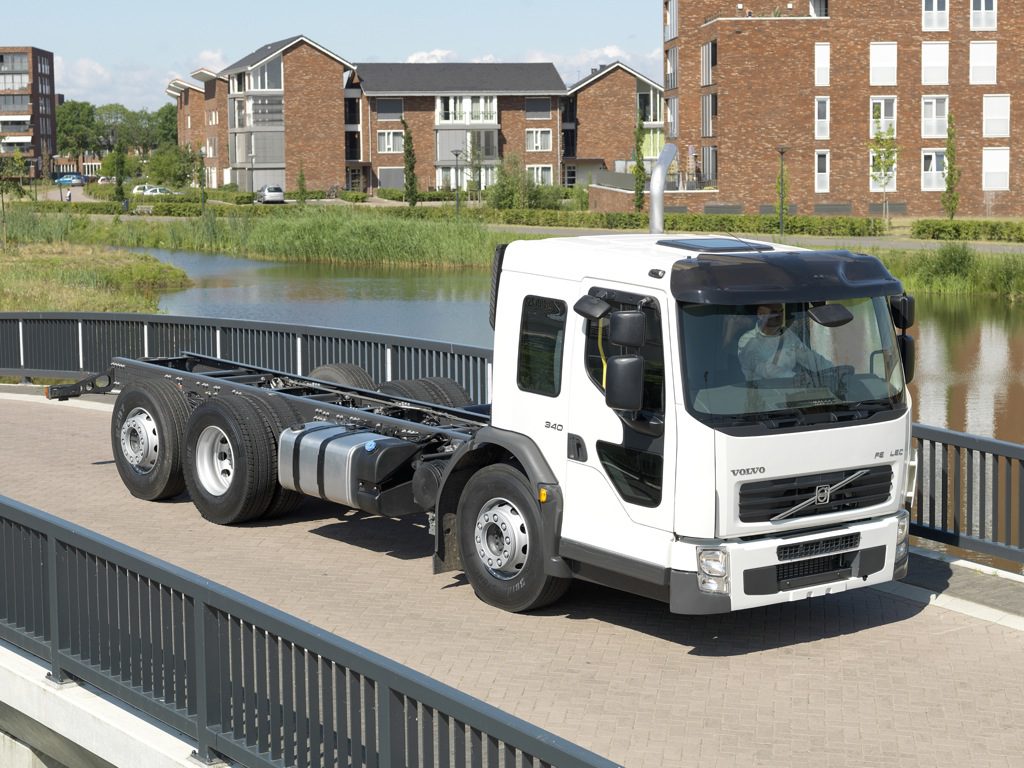

Leave feedback about this